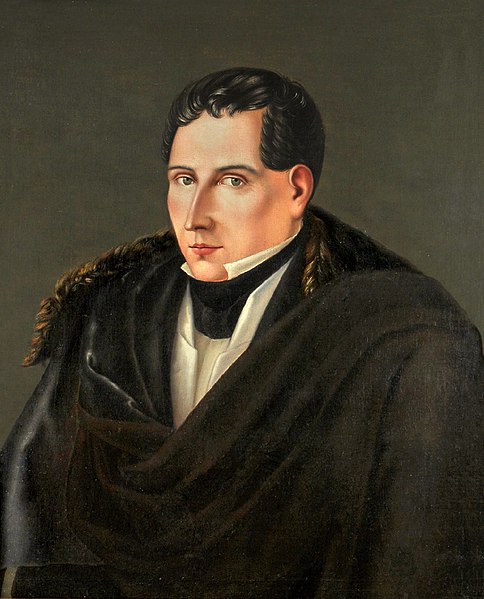The War of the Pacific, also known as the Nitrate War and by multiple other names, was a war between Chile and a Bolivian–Peruvian alliance from 1879 to 1884. Fought over Chilean claims on coastal Bolivian territory in the Atacama Desert, the war ended with victory for Chile, which gained a significant amount of resource-rich territory from Peru and Bolivia.
Chilean lieutenant Solo Zaldívar and two soldiers burying three Bolivian soldiers after the Battle of Tacna. The elevation behind them is also a burial ground of victims.
Martiniano Urriola, with kepi, the commander of the occupation of Ayacucho in 1883, and Marcos Maturana, with poncho, the general chief of staff chief of the Expeditionary Army during the Lima Campaign; they view the dead bodies of a Peruvian gun crew after the Battle of Chorrillos.
A metallic brass cartridge for a Fusil Gras mle 1874 and a paper cartridge for a Chassepot rifle. The brass cartridge avoided the smoke and ashes of the self-consuming paper cartridge.
Battle of Iquique
Chile, officially the Republic of Chile, is a country in western South America. It is the southernmost country in the world and the closest to Antarctica, stretching along a narrow strip of land between the Andes Mountains and the Pacific Ocean. With an area of 756,102 square kilometers (291,933 sq mi) and a population of 17.5 million as of 2017, Chile shares borders with Peru to the north, Bolivia to the northeast, Argentina to the east, and the Drake Passage to the south. The country also controls several Pacific islands, including Juan Fernández, Isla Salas y Gómez, Desventuradas, and Easter Island, and claims about 1,250,000 square kilometers (480,000 sq mi) of Antarctica as the Chilean Antarctic Territory. The capital and largest city of Chile is Santiago, and the national language is Spanish.
The Chinchorro mummies, the oldest of which are from around 5050 BCE.
Pedro Lira's 1888 painting of the founding of Santiago by Pedro de Valdivia at Huelén Hill.
Generals José de San Martín (left) and Bernardo O'Higgins (right) during the crossing of the Andes.
Painting of Diego Portales. The Constitution of 1833 has been seen as the embodiement of the "Portalian thought".








